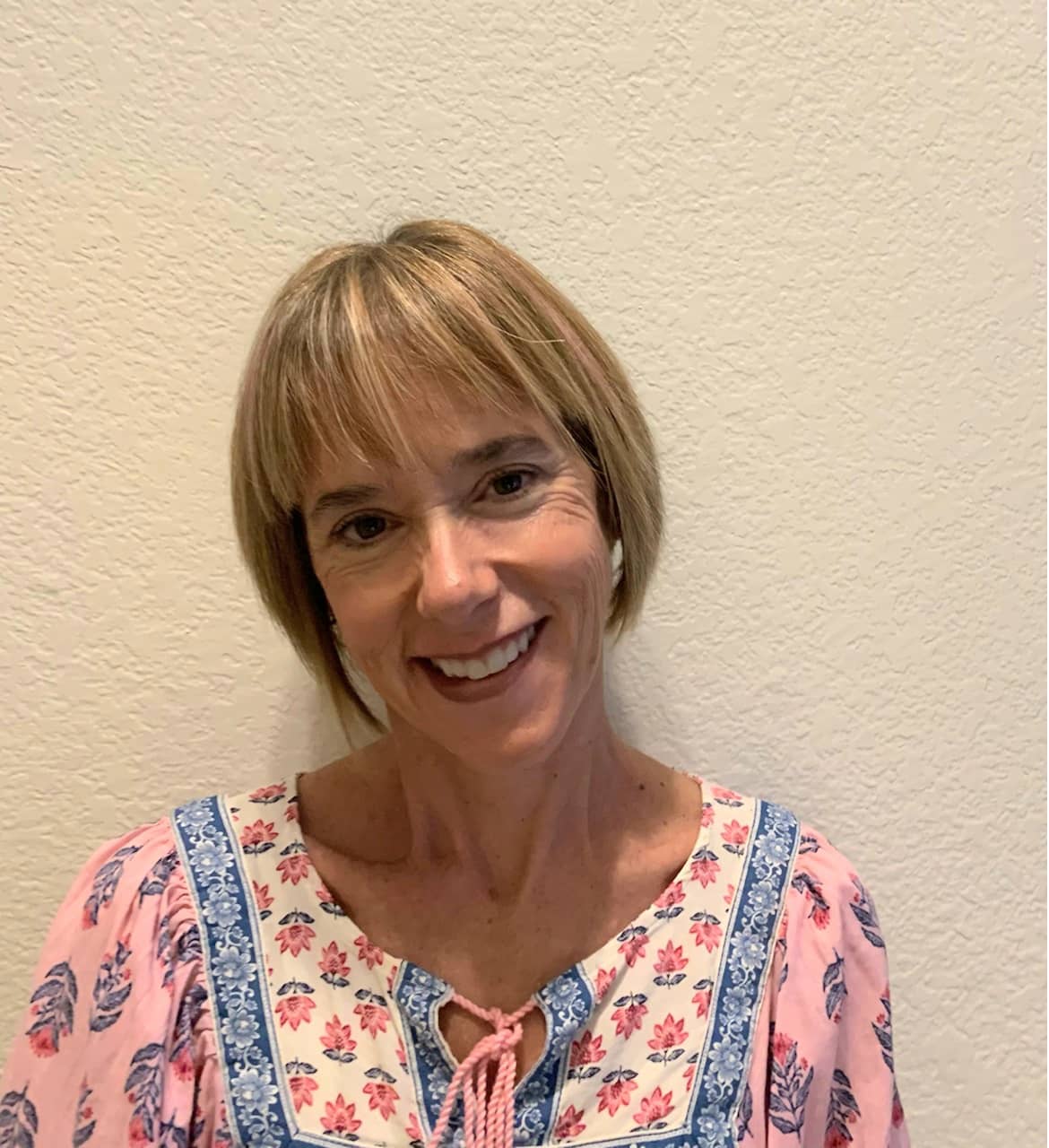
Instead of beginning the year with a firecracker start, things fizzled when Napa County and the greater Bay Area were relegated back to shelter-in-place status, slaughtering chances for many small businesses to survive the pandemic unscathed. News headlines continued to fuel the dire state of the union, including one from The Washington Post, which read, “White House orders FDA chief to authorize Pfizer-BioNTech vaccine by Dec. 11, or submit his resignation.” Sometimes bullying pays—later that same day, the vaccine was approved. As I’ve done since the onset of the pandemic, I turned to virtual gatherings to bolster my dreams of normalcy, most notably, when I attended an online information session produced by The Post in December. The event sported a sit down with retired Lt. Gen. Paul Ostrowski, director of supply, production and distribution for Operation Warp Speed, an initiative commissioned by the former White House administration, to develop, manufacture and distribute the vaccine. The operation flaunts a combined portfolio of $36 billion in acquisitions to support its efforts.
Almost immediately following the FDA approval of the Pfizer-BioNTech vaccine, Ostrowski’s vow to kick vaccine plans into motion came true, when critical-care nurse Sandra Lindsay became the first to receive the vaccine in the United States, and more than 3 million doses arrived at 636 locations across the country.
Ostrowski discussed how military know-how was poised to support the Warp Speed cause, “We are enablers and had the bandwidth. We were able to bring in the core of engineers, logistics people, lawyers, and as planners, we had a hundred different scenarios on how to work with states to enable them to execute [the vaccine].” Support also included added security measures and GPS tracking and monitoring of the cold chain requirements that the Pfizer vaccine demands.
The Post reported in December that California is expected to receive as many as 330,000 doses of the first round of Pfizer vaccines. With the approval of the Moderna vaccine a week later, California stands to receive as much as 1.8 million doses by the end of the year—enough to vaccinate 4.5 percent of the state’s population. The distribution is projected to breakdown as follows: 1.7 million to health-care workers and 640,000 to staff and residents of skilled nursing facilities. Next in line, 1.7 million essential workers, 1 million teachers, and 200,000 first responders, followed by those with preexisting conditions, and the elderly age 65-plus.
Trends and predictions
A national research study from Eagle Hill Consulting found that 49 percent of working Americans believe employers should require COVID-19 vaccines in the workplace. Christine Nazer, spokeswoman for the federal Equal Employment Opportunity Commission, said in a statement, “The commission continues to closely monitor the developments of a COVID-19 vaccine and is actively evaluating how a potential vaccine would interact with employers’ obligations.”
In 2021, employers could additionally be called upon to ramp up biosecurity measures for its employees. This could constitute everything from on-premise sanitization stations to onsite screening and quarantining. For some, remote-operation workplaces may be a more favorable measure to reduce spread in the office, though that approach presents challenges for management, including the ability to effectively monitor productivity of its employees and gauging the mental toll that the isolation from colleagues presents. As one that spent the bulk of 2020 trying to work from home and school my children, the impact on mental health (or the lack of) is significant. One of the only personal upsides—not a single member in our household has been sick since March last year. A state I have only ever dreamed about, but deemed unattainable with two seven-year-olds in the house.
Another trend expected to continue is the prevalence of virtual and remote medical care. Forrester analysts predicted that virtual visits would hit 1 billion in 2020. The same report forecasted that one third of virtual visits in 2021 will be mental health related. The preponderance of telemedicine and decreases in surgeries and hospital stays accounted for a 50 percent decline in health-care industry revenue in the United States last year.
This time last year, it was impossible to predict how drastically lives would change in one year’s time. My husband and I had taken our kids to Hawaii for the first time, where we stayed at the iconic Royal Hawaiian “pink” hotel for an idyllic vacation. Yet, when we stepped into the Honolulu airport to return home, the scene would foreshadow a harrowing future. People clad in surgical masks peppered the airport, which sparked a bevy of questions from my kids. My husband, always the optimist, assured them that in certain cultures, it is commonplace to wear a mask at the first hint of a sniffle. “It’s what people do out of courtesy to protect others,” he said. I could’ve never imagined how months later, facial coverings would become, not only the norm, but a first-line defense for survival. I can only hope that the approved COVID-19 vaccines offer one step forward to an improved existence.




